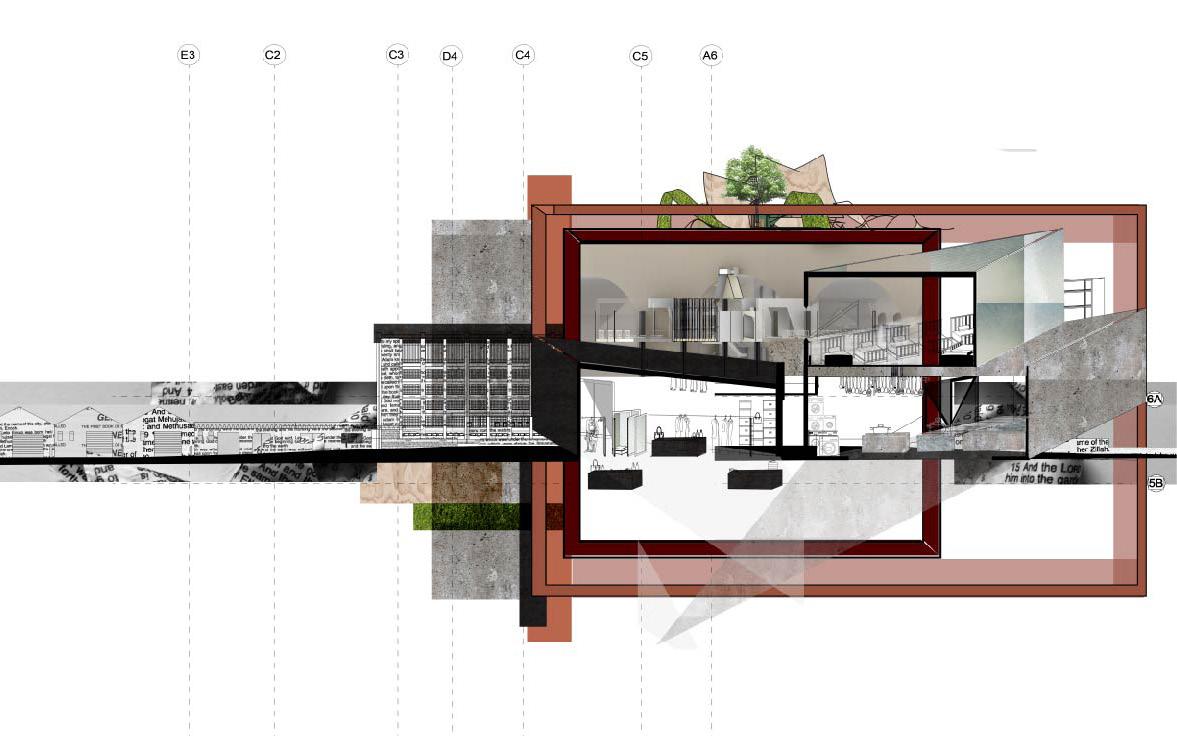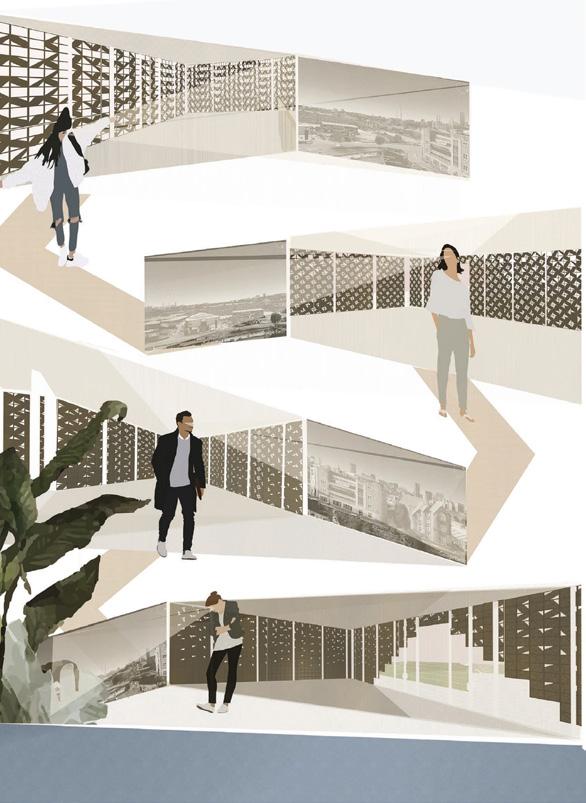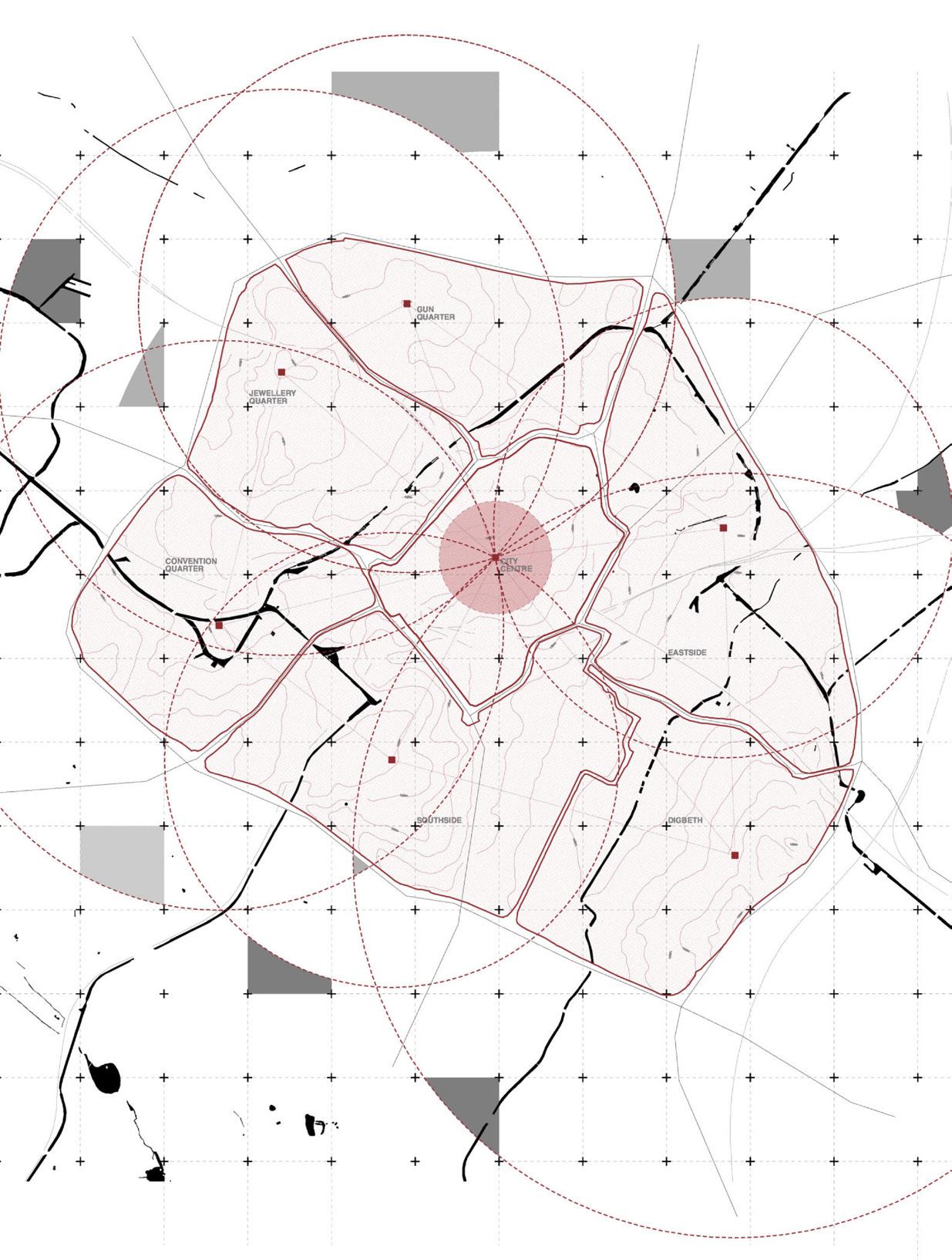
5 minute read
BA (Hons) Architecture (RIBA Pt. I
Tutors:
Year 1 Victoria Farrow Ollie Chapman Miles Weber Thomas Trail Helen Chapman
Advertisement
Year 2 Max Wisotsky Matthew Armitt Joan Chapman
Year 3 Beatriz Gomez-Martin Christian Nakarado Matthew Jones Ian Shepherd Juliet Sakyi Ansar Holly Doron Rob Anable Paul Wakelam Matthew Hayes Tom Tebby
BA (Hons) Architecture RIBA Part I
We began the new academic year with mobilising agendas and clear themes for Year 1, 2 and 3: Principles - Process – Exploration. These themes would shape our starting studios and focus our attention on a complexity appropriate to each level of the course towards the latter part of 2019. From the beginning of 2020 across the year groups we looked to explore a wide range of projects, from small popup structures, to dwellings, urban infills, a range of residential buildings and dwelling spaces, public buildings and mixed use developments located in Birmingham and Nottingham. We saw a rich variety of investigations across the course, nurtured by collaborative practice and professional practice, two important strands, which feature heavily both inside and out of the classroom. The academic year concluded with modules in Design Resolution 1, 2 and 3 to evidence the students best work in final project outputs.
Year 1 allows new students to gently embark on their journey into architectural education by learning and discovering its basic principles. Beginning with the module Design Apparatus, the first year students completed many exciting exercises and small projects to discover new design and communication techniques. Building skills and knowledge in hand-drawing, sketching, orthographics, model-making, ComputerAided-Design (CAD) in two and three dimensions, material crafts, plaster casting, video and rendering the students used these tools to analyse famous Precedent studies and built confidence in representing their ideas and their understanding of architectural conventions. The group gathered a range of different presentation and representation techniques through workshops and class exercises. Documenting this journey together with their design development process online via Mahara and also through digital booklets provided the group a good
‘Sequel’ by Thomas Rowntree, Year 3/UNIT 2
foundation for portfolios and helped students embed good practice for the future. The quality of the students work was commended by external examiners once again this year, who described the work as “phenomenal for first year level”. The students’ presentations were also complimented widely on Twitter and Instagram @ bcu_des1gn
Projects in Year 1 are intertwined with classes and workshops in Structures, environment and technical studies and History of Architecture and Design, with studio projects absorbing this knowledge and application. The teaching and learning pattern repeats itself at Year 2 and Year 3 where students are encouraged to feel confident having already practised similar ways of working in the previous years. As each student moves steadily through each stage of their course, building upon previously established ideals that continue to be reinforced and stretched.
With new confidence, Year 2 students embraced the architectural design process. Students are exposed to real life practice scenarios, which are enriched by their time spent in work placements and modules such as Co.LAB, which provides a vehicle for collaboration and experimentation. As a lively and active part of the year the cohort gained better understanding of their place within the world of architecture. In addition to CoLAB, the second year students engaged in an exciting live project working in teams for the Impact Hub. The students collaborated in to design, present and build models, which was then presented and critiqued by architects. This was a new project to Year 2, which required consideration of environmental design, structures, costing analysis, technical expertise as well as a high degree of professionalism, which created a further solid stepping stone towards Year 3. Year 2 also hosted the students work placements, which culminated in March with a Pecha Kucha and a celebration of the Praxis work, where both Year 1 and Year 2 students engaged in discussions about professional practice and work placements.
In the Final Year, the course required more independence from students. The suite of modules included cultural context, technology and design studio, allowing students to discover their own values, set agendas and put forward more complex design proposals both conceptually and technically. The new design studio units encouraged production and the
exploration of architectural schemes, which have been detailed to an appropriate level for Year 3 students. Preparing the cohort further for professional practice following their experiences in Year 2, Year 3 promotes creative thinking, furthering confidences and constructs an environment for decision-making. This year we landed in Digbeth, Birmingham for the Year 3 site where students laid down their proposals following agendas informed by the 3 independent studios. Project development was supported by workshops in cv writing, creating and designing business cards, social media accounts and tips to help students gain a profile in the “real world” before leaving the university.
From the beginning of the course, a high emphasis is placed on students making their own choices. Upon departure from the Birmingham School of Architecture and Design it is important to staff that our students feel “work ready” and set to embark on whatever challenge should present itself when in the world of work. Our degree show in July this year assisted the group in showcasing their best work and helped to spotlight the excellent efforts of both the cohort and staff in such challenging circumstances that have faced us this year.
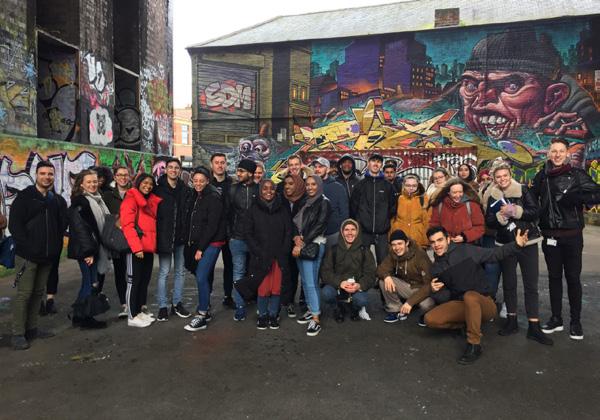


‘The Tower of Tales’ by Sophie Roper-Hall, Year3/UNIT 3
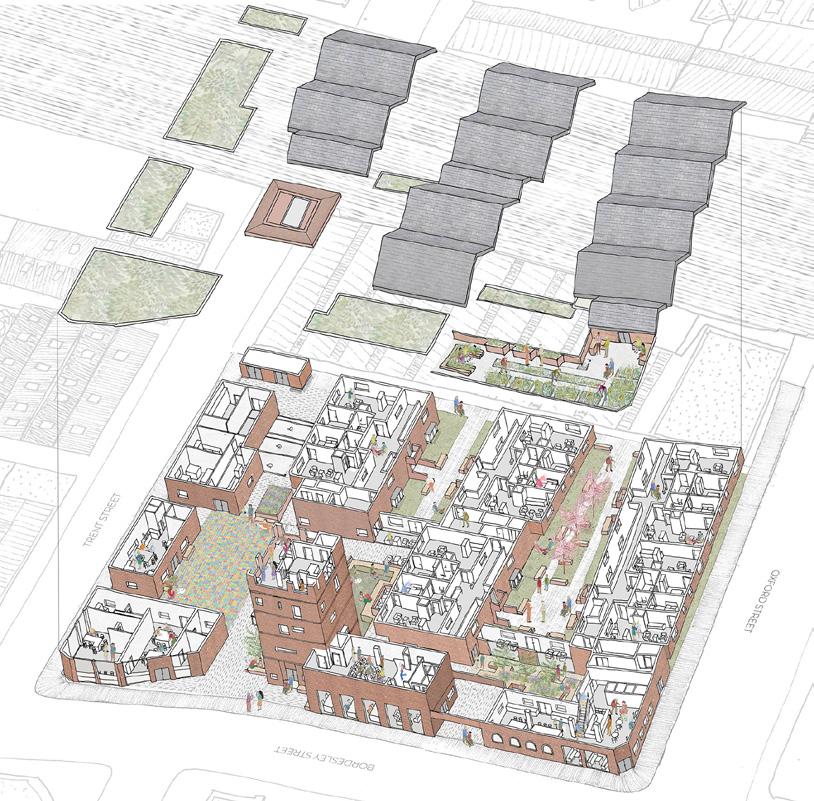

‘DIGB[EARTH]’ by Harpinder Sihra, Year 3/UNIT 1
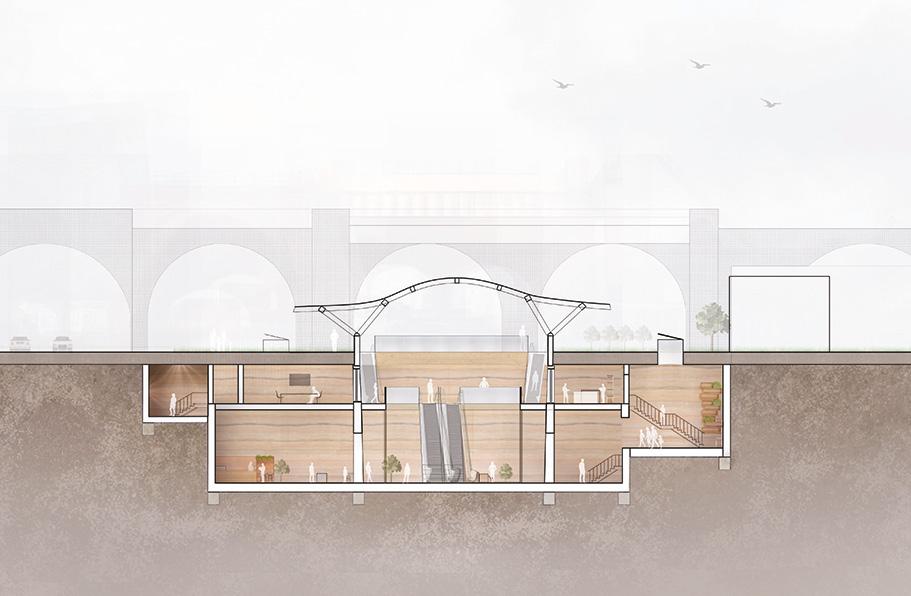

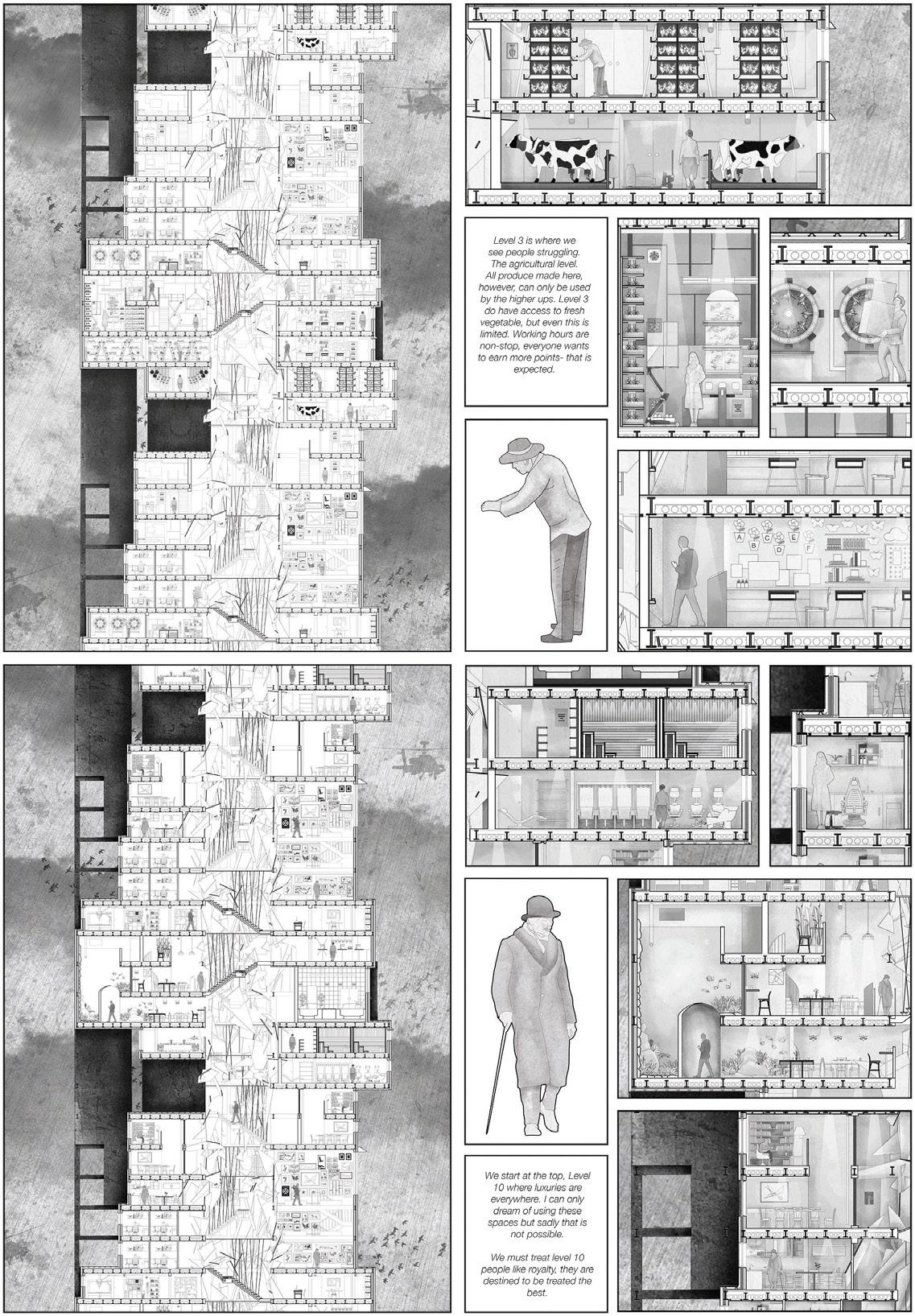

‘Remaking Roofscape’ by Mark Ferreras, Year 3/UNIT 3


‘Designer Digbeth Outlet’ by Jordan Pardoe, Year3/UNIT 1
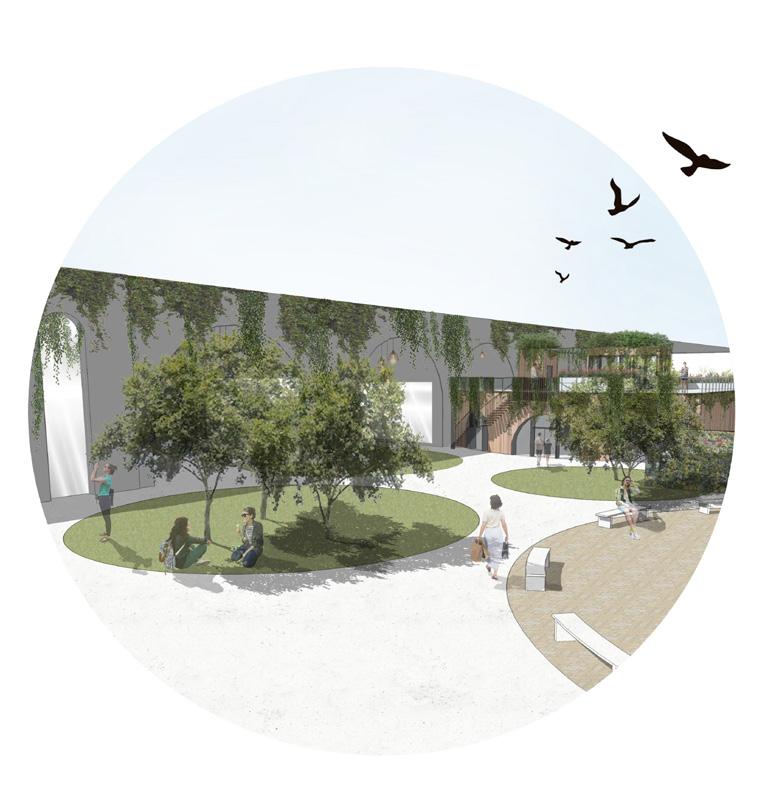


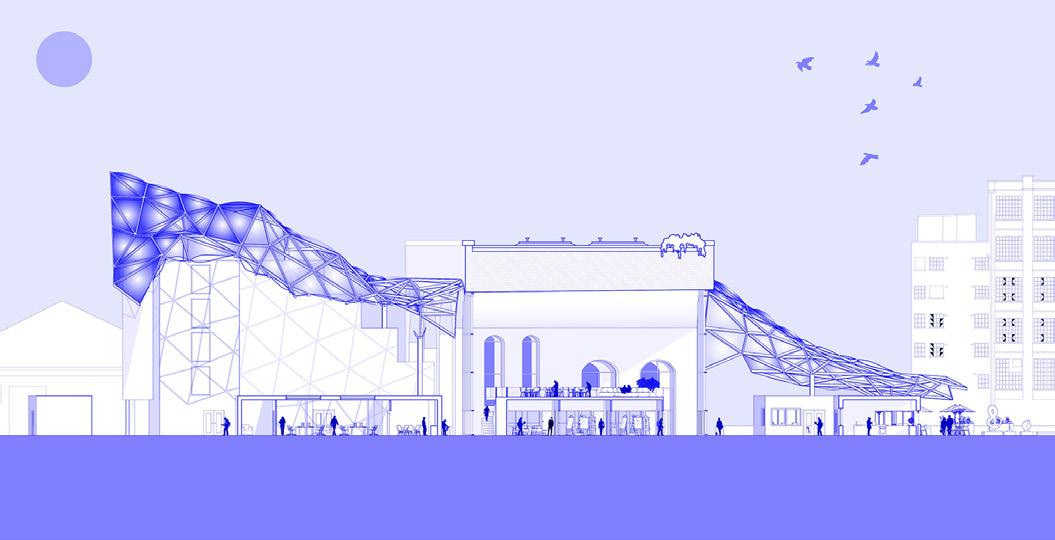

‘Bricks and Mortar’ by Wiktoria Piotrowska, Year 3/UNIT 1
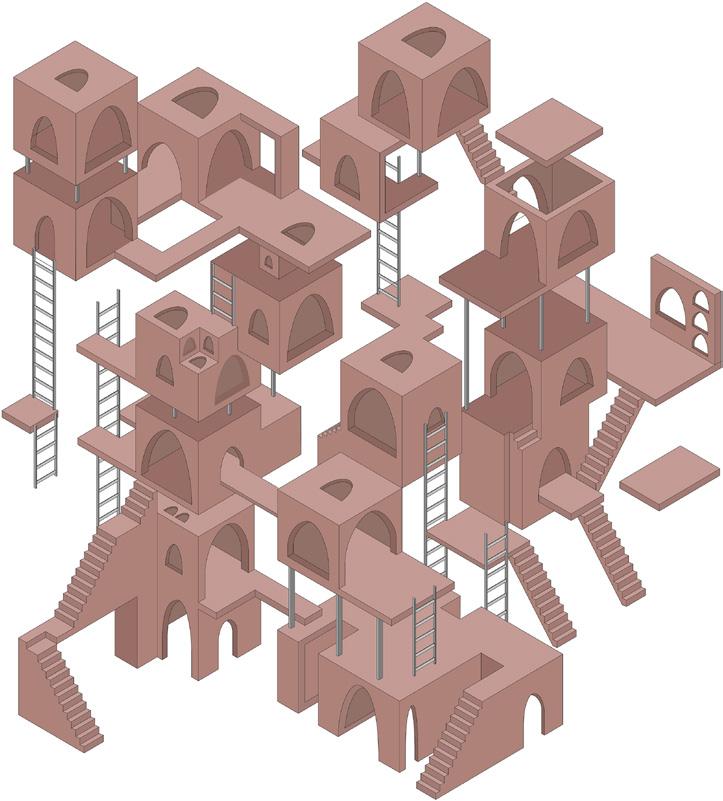

‘Seeing’ by Dea Arimbawa, Year 3/UNIT 2

